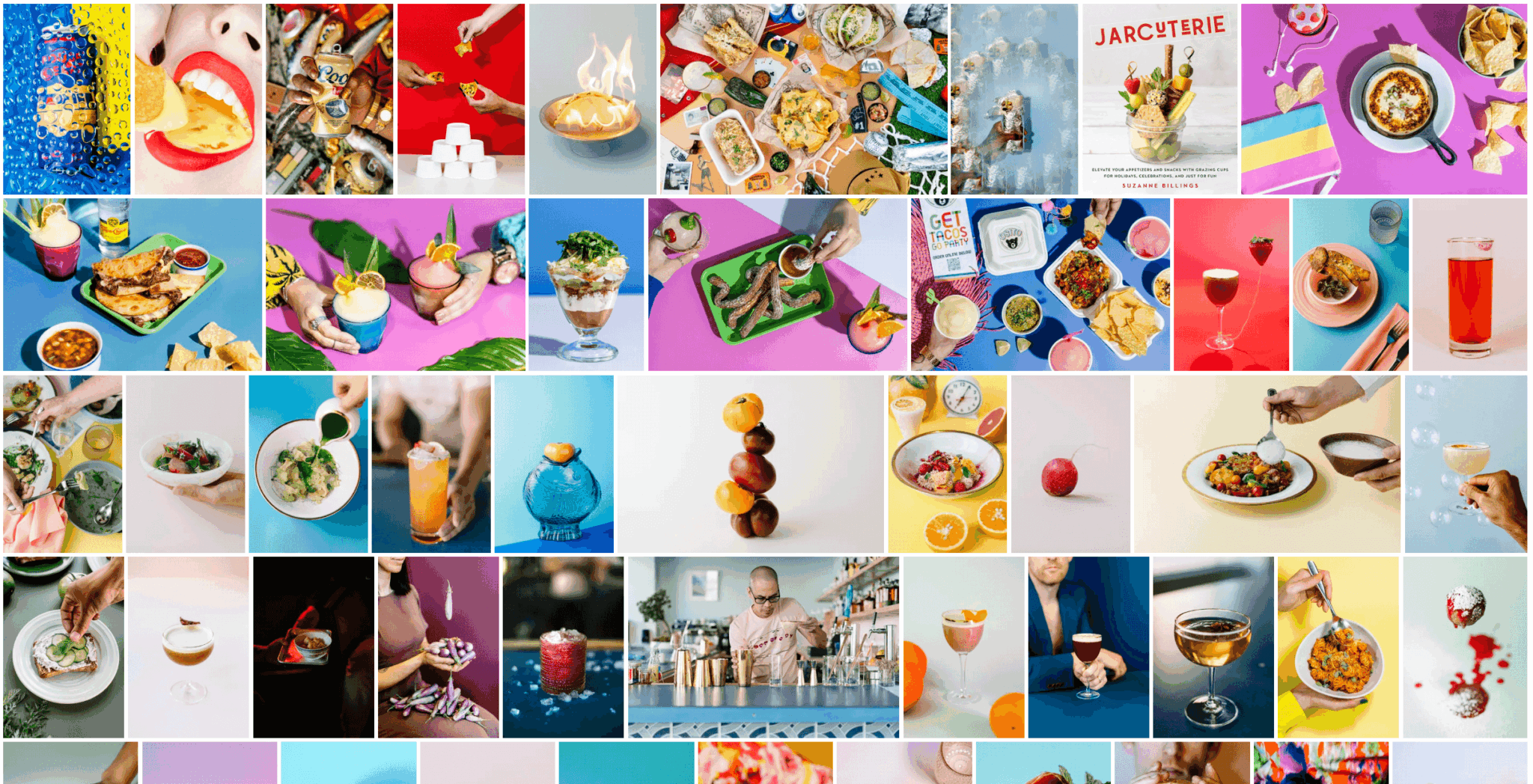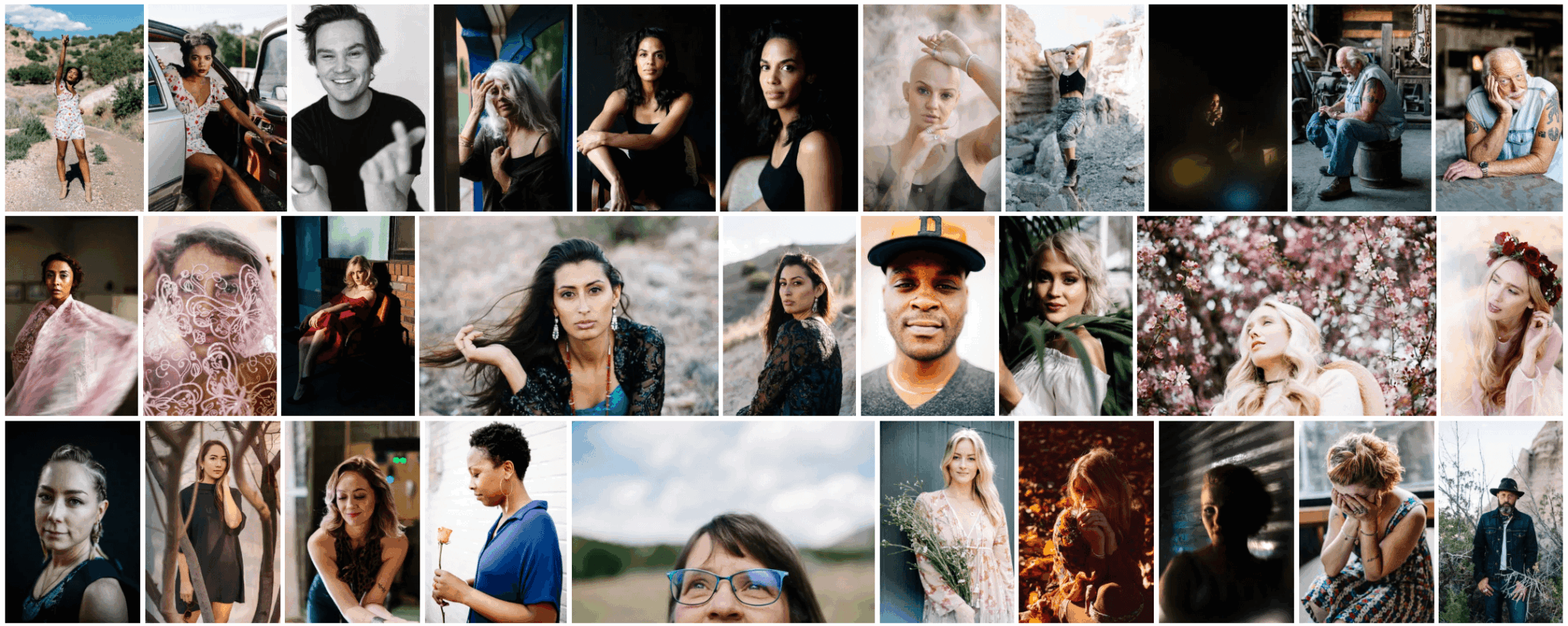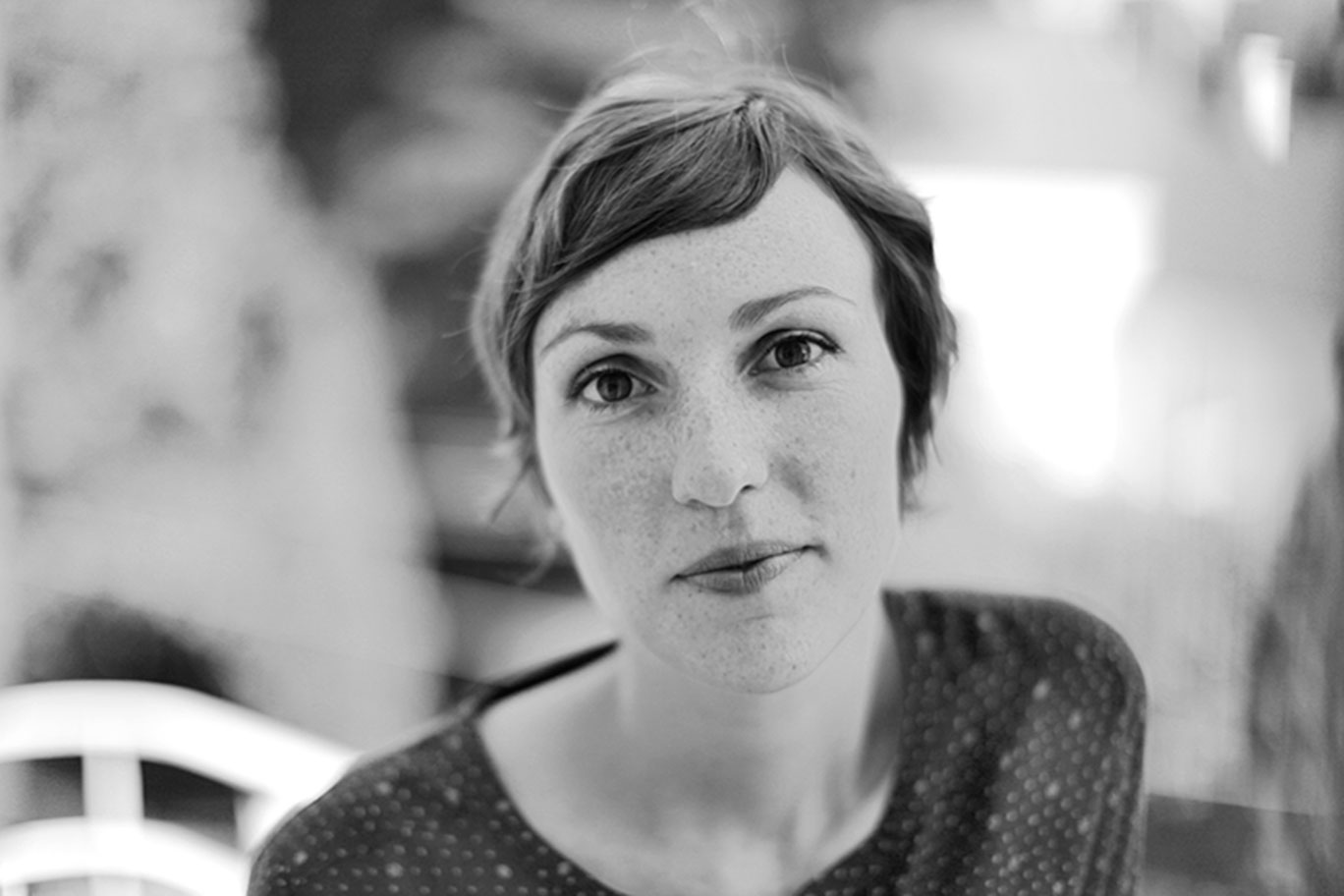We caught up with the brilliant and insightful Chelsea Chorpenning a few weeks ago and have shared our conversation below.
Chelsea, looking forward to hearing all of your stories today. What was the most important lesson/experience you had in a job that has helped you as a business owner?
One of the most important lessons I’ve learned, one that continues to shape how I run my business, came from navigating the very different worlds of corporate work, freelance life, and the arts.
I’ve worked full-time in structured, salaried roles, and I’ve also built a career as a freelance designer and photographer. The biggest shift I had to make when working for myself was learning how to lead communication with clients and create tangible project milestones. In a corporate setting, there’s typically a whole team involved—clear roles, built-in check-ins, and managers guiding the timeline. But in freelance work, that structure doesn’t exist unless you build it. I had to take full responsibility for how a project flows: outlining goals, communicating clearly, and staying organized while still delivering creatively.
Another layer to this is the difference between working in the “art world” and in the more traditional corporate management world. While there is some crossover, the values and workflows can be vastly different. One of the things I now try to do in every project is bridge those two worlds. I believe the creative thinking and open-ended problem solving that artists bring has huge value in business settings. At the same time, keeping things on track through clear communication and goal-setting ensures that great ideas actually come to life.
That balance, honoring the creative process while also providing structure and direction, is the sweet spot. And it’s something I’ve learned to cultivate through years of experience in both environments. It’s made me not just a better creative, but a stronger business owner and collaborator.
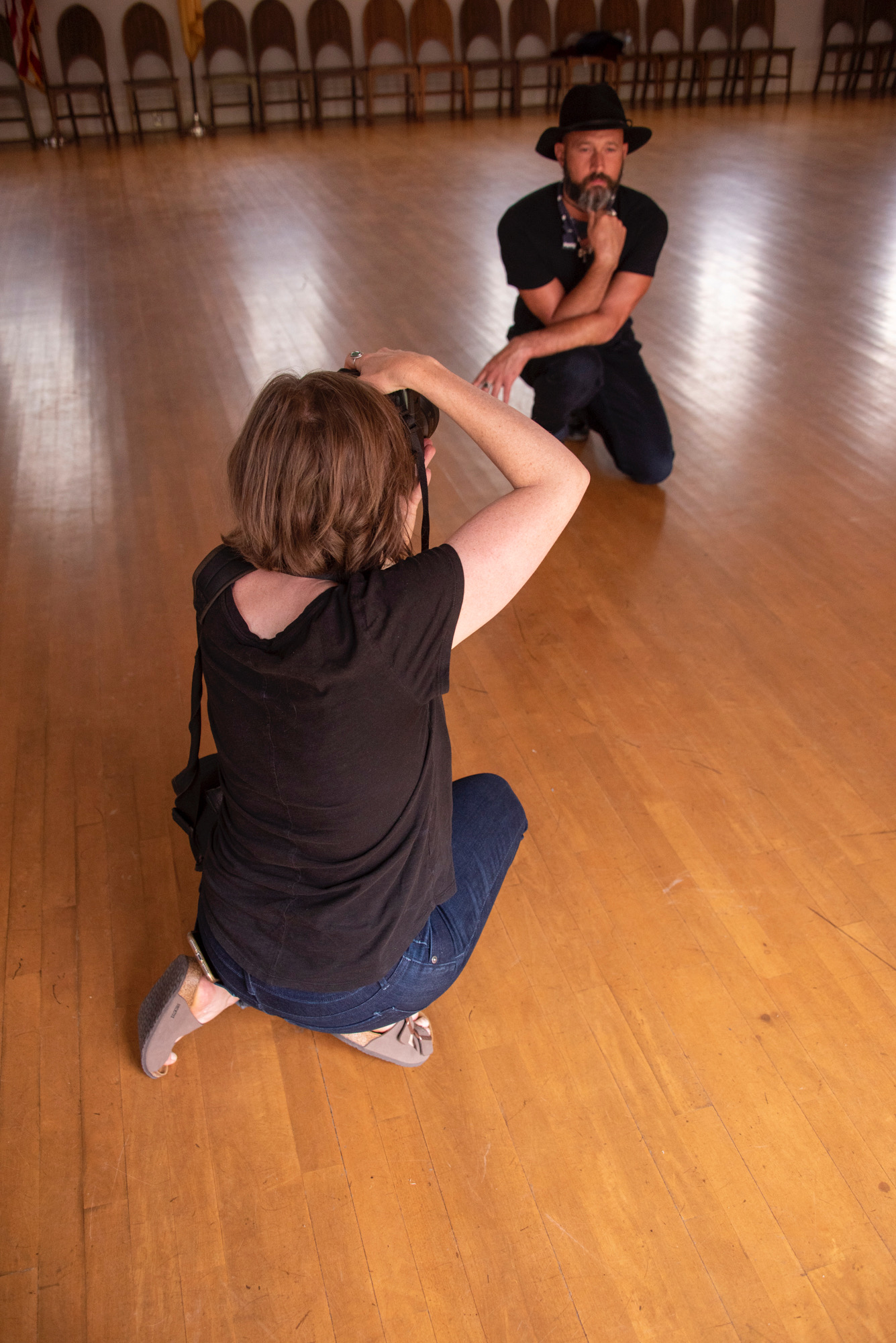
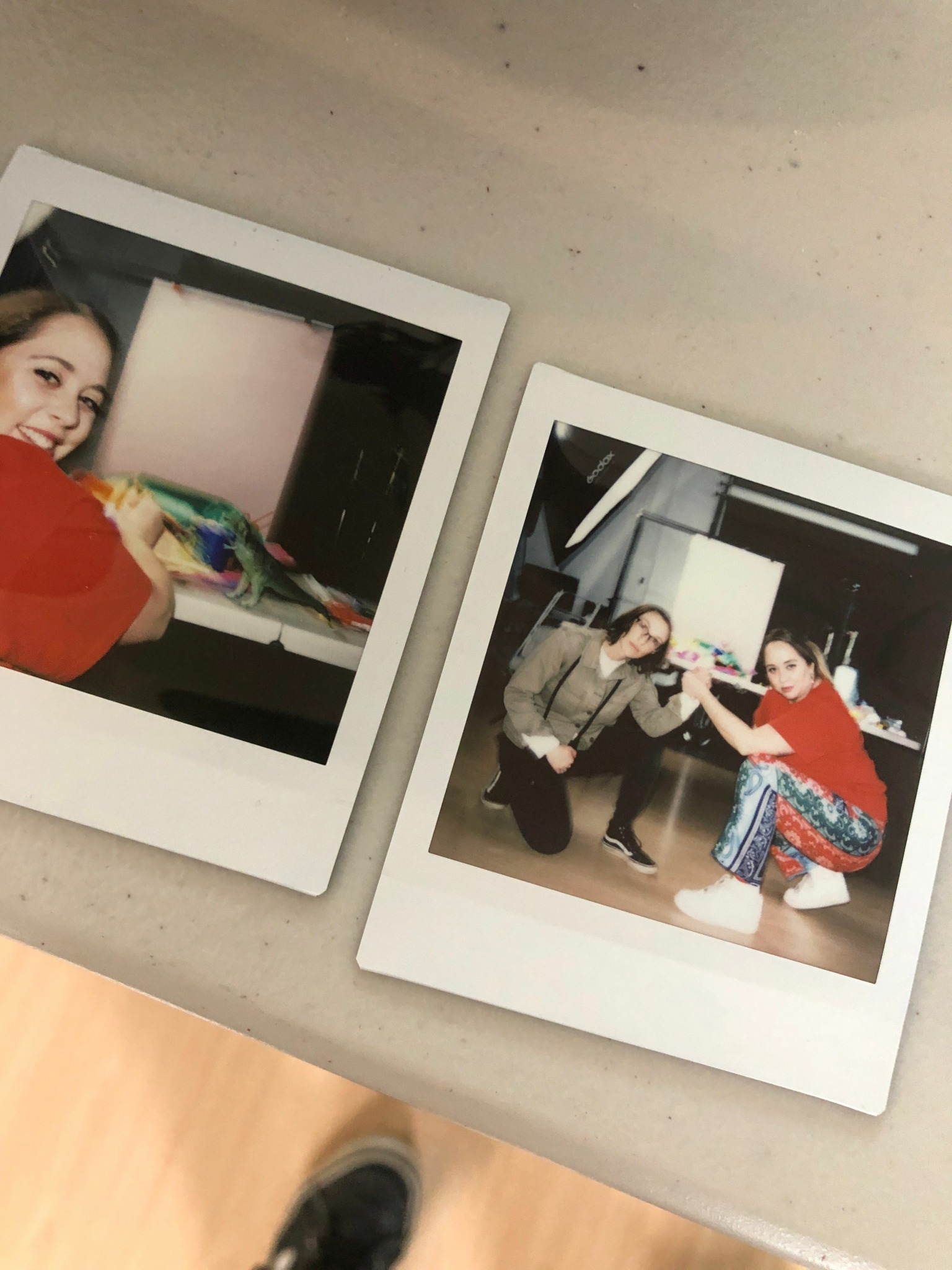
Chelsea, love having you share your insights with us. Before we ask you more questions, maybe you can take a moment to introduce yourself to our readers who might have missed our earlier conversations?
I got my start behind the lens as a fine art photographer, drawn to the way light creates emotion and tells a story. I began by taking photos for myself, fascinated by the mystery of shooting film and developing it in the darkroom. It changed how I saw the world and taught me to slow down and truly observe. I always encourage emerging photographers to try film at least once. There is something about the analog process that deepens your understanding of the craft in a way digital rarely does.
As I developed my photography practice, I became curious about how to move beyond still images and bring visual storytelling into physical space. After studying photography and art in Denver, I began exploring ways to combine two-dimensional photography with three-dimensional art and performance. That led me to study Technical Theatre at the University of Colorado at Boulder, where I learned to design sets and costumes. Theatre became a new kind of canvas, one that treated the stage as living art while grounding creative choices in structure and detail.
After graduation, I moved to New York City and designed costumes on and off Broadway, then worked in props, sets, and wardrobe for independent films, including the thriller Enter Nowhere. These productions sharpened my eye for continuity under pressure and deepened my respect for what strong collaboration can achieve.
Eventually, photography pulled me back in. I joined the education department at the International Center of Photography, where I worked with students and visiting artists while absorbing a new level of visual theory. That experience led me to open my own studio and continue studying at the San Francisco Art Institute. During that time, I worked alongside several Bay Area photographers, including Lauren Crew, whose mentorship helped shape my understanding of both the craft and client side of creative work.
My love of photography also led me into cinematography. I shot my first short film, a psychological horror piece starring Lilli Hokama, with my husband Alex Warzel, who directed it. We collaborated on every aspect, from concept to final cut, and made the film with almost no budget and no team, which made it both a creative challenge and a crash course in problem-solving. It was a steep learning curve and a turning point, deepening my appreciation for screen-based storytelling and the unique synergy that comes from working with a strong production team.
I have always been drawn to the energy of a good shoot, that moment when each person’s role clicks into place. That same collaborative spirit led me to pursue a Master’s degree in Organizational Development at the University of Denver, where I focused on leadership and team strategies that help organizations harness creativity and get great work done.
Today, I bring together my creative background and experience in business and change to help people tell their stories in a clear, compelling way. What makes my studio unique is the ability to translate complex ideas into visuals that spark emotion and create connection. It is especially rewarding when clients say the work helped their audience finally understand what they are all about. I am also applying these skills, particularly in organizational development, photography, and video, to environmental work. I am currently enrolled in the Boulder Permaculture Design Course, where I am exploring how my creative practice can support a movement rooted in care for the planet, community well-being, and equitable resource sharing. In a time of growing uncertainty, I see this work as both urgent and deeply aligned with my values.
At the same time, I continue to create for myself. Whether I am on a walk or in the garden, I am always watching the light, noticing form, and training my eye. Being an artist is a daily practice that requires curiosity and close observation, even outside of client work. Balancing professional projects with personal exploration keeps me grounded in the joy and experimentation that first drew me to visual storytelling.
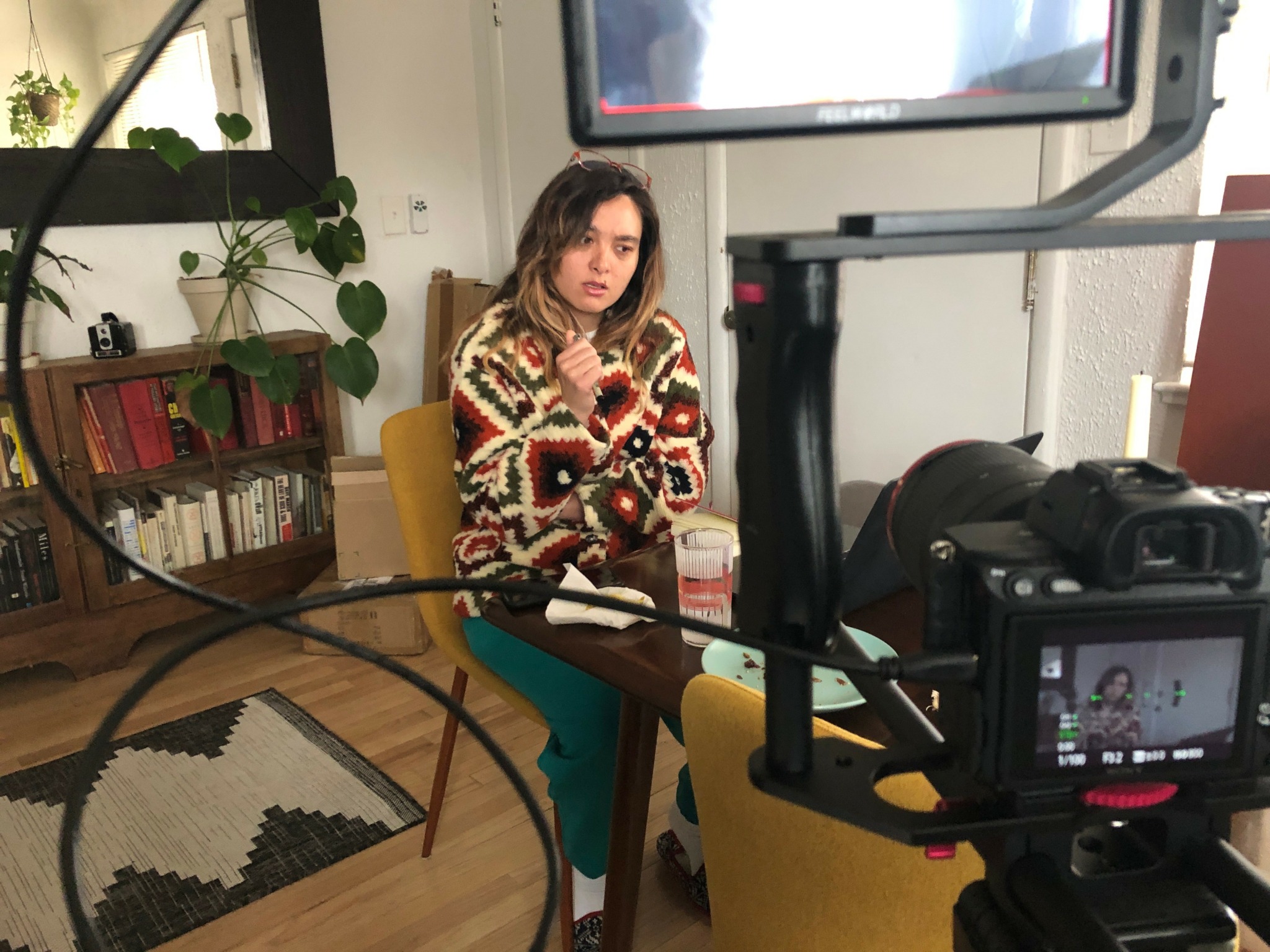

How about pivoting – can you share the story of a time you’ve had to pivot?
A major turning point came recently when my full-time marketing role ended abruptly due to a company acquisition. Overnight, I went from a clearly defined salaried position, focused on campaign performance and brand voice, to rebuilding my independent studio.
The first challenge was mindset. In a corporate environment, success is measured for you. When you’re working for yourself, you have to decide what success looks like. I spent several weeks mapping out every service I could confidently offer, from photography workshops to full-scale photo and video productions. Then came the task of rebuilding my pipeline, I reconnected with past collaborators, refreshed my portfolio, and began reaching out to new people and opportunities. But the biggest shift was internal. I went from seeing myself as a specialist to taking on every role. These days, I move between artist, creative director, salesperson, project manager, and strategist, sometimes all within the same day.
There’s a lot of excitement in running your own business and making art on your own terms. The freedom to follow your instincts, take creative risks, and build something that’s truly your own is incredibly rewarding. But there’s also real vulnerability in that path, financial uncertainty, lack of benefits, and the emotional weight of carrying every aspect of the work yourself. That balance between creative freedom and personal risk is something I think we need to talk about more openly and work on collectively.
As a society, we need creative people to thrive. Artists help us dream, question the status quo, imagine new futures, and connect through shared human experience. They reflect the world back to us in ways that challenge, comfort, and inspire. Yet so often, their work is undervalued or treated as non-essential. Something I’d love to see in my lifetime is a shift toward building stronger systems of support for artists and independent creators, more accessible healthcare, financial safety nets, grants, and community infrastructure. Because when we invest in creativity, we invest in a more vibrant, thoughtful, and connected world.
In the end, my own experience brought both clarity and deeper questions. It reminded me that creating is at the core of who I am, that I want to shape my own vision, make work that feels meaningful, and connect with people who care about art and storytelling. It wasn’t so much a departure as it was a return to what truly matters to me, and a deeper commitment to the creative path, not just for myself, but for the larger community of people who believe in the power of art.
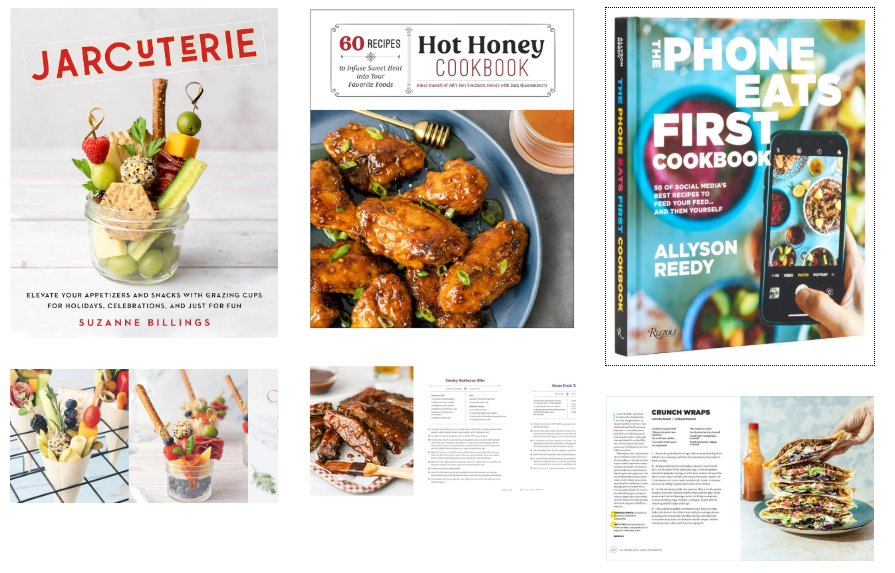
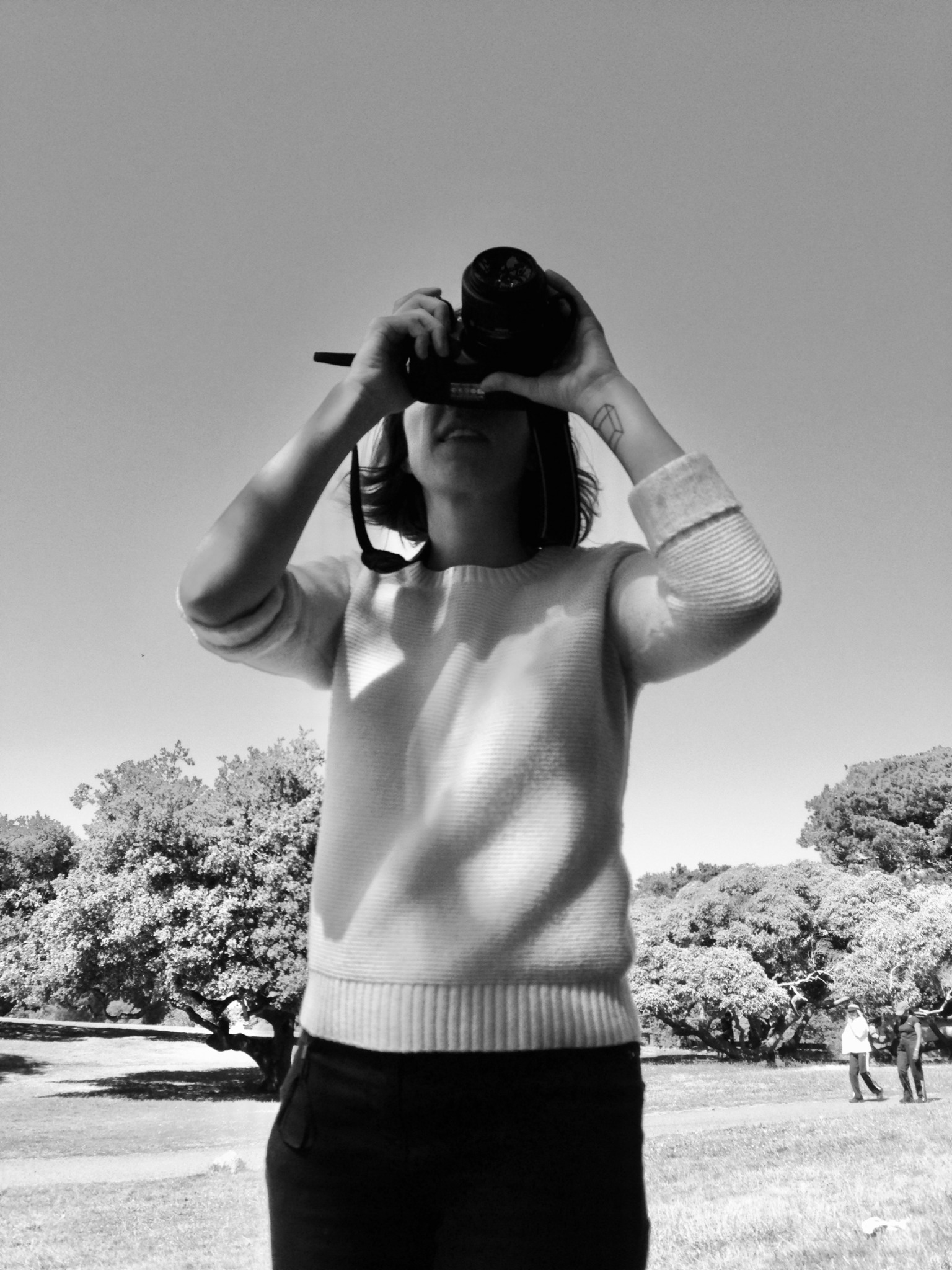
How’d you build such a strong reputation within your market?
I have built my reputation by being deeply reliable and always following through on the expectations I set. My approach is rooted in empathy. I put myself in my client’s shoes and treat them the way I would want to be treated. Having worked across many roles, I have been on all sides of the client, business, and freelancer equation, which gives me a unique perspective on how to connect with what people need, whether it is clarity, flexibility, or simply someone they can count on.
Every client relationship is exactly that to me, a relationship. I do not see projects as one offs. I want clients to trust me with their brand and vision to the point that I become their go to partner whenever something important arises. That level of trust is something I earn by consistently showing up prepared, listening closely, and adapting to their evolving needs while offering professional insight grounded in experience.
I also see myself as a champion of my clients’ pursuits and dreams. I want them to feel like I genuinely have their best interest in mind and that I am fully invested in their success. Whether it is a shoot, a brand refresh, or a strategic visual campaign, my clients know they never have to worry about whether it will be done with care and professionalism.
Contact Info:
- Website: https://www.chelseacphoto.com
- Instagram: @chorpenn
- Linkedin: https://www.linkedin.com/in/chelseachorpenning/
